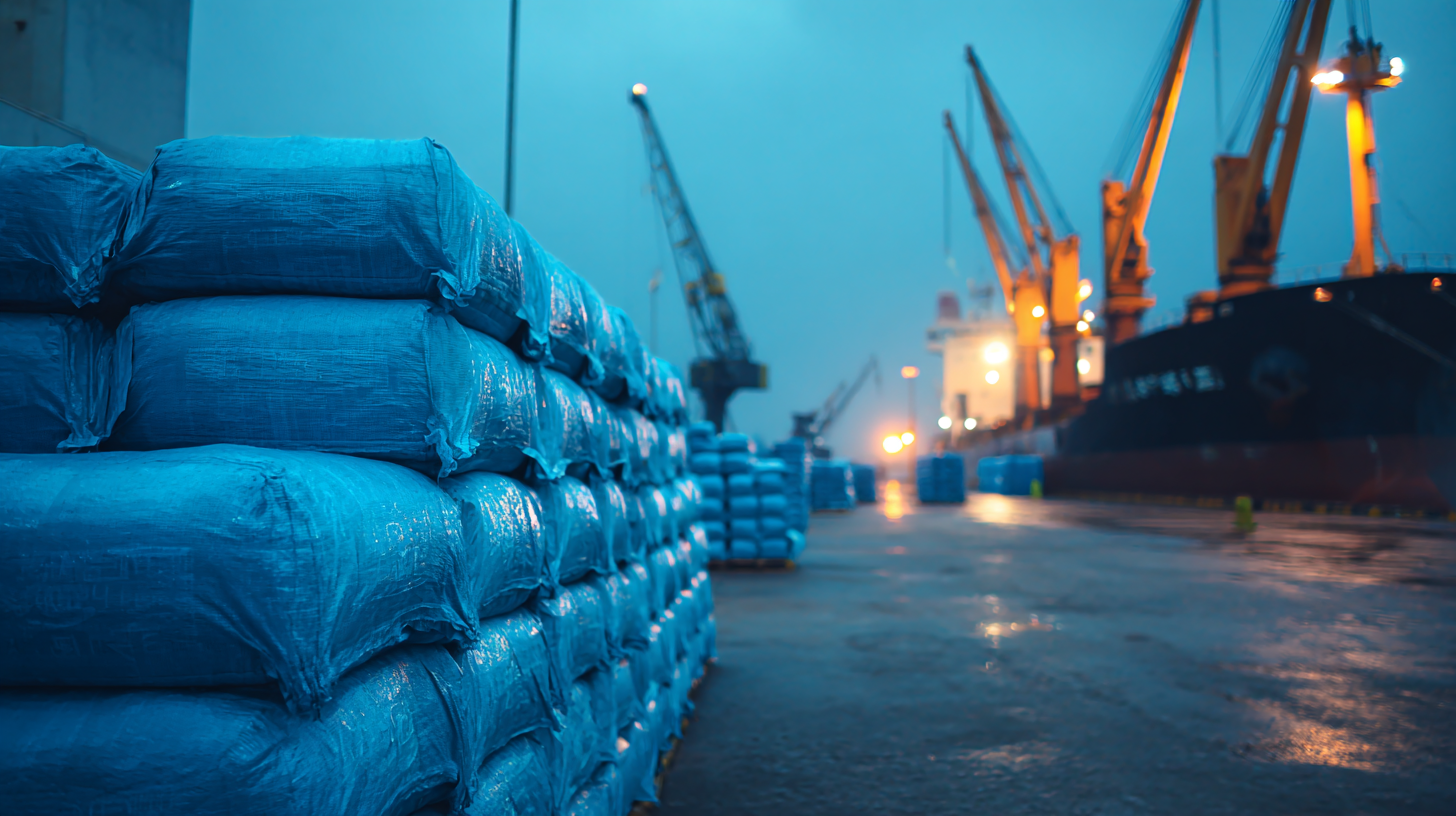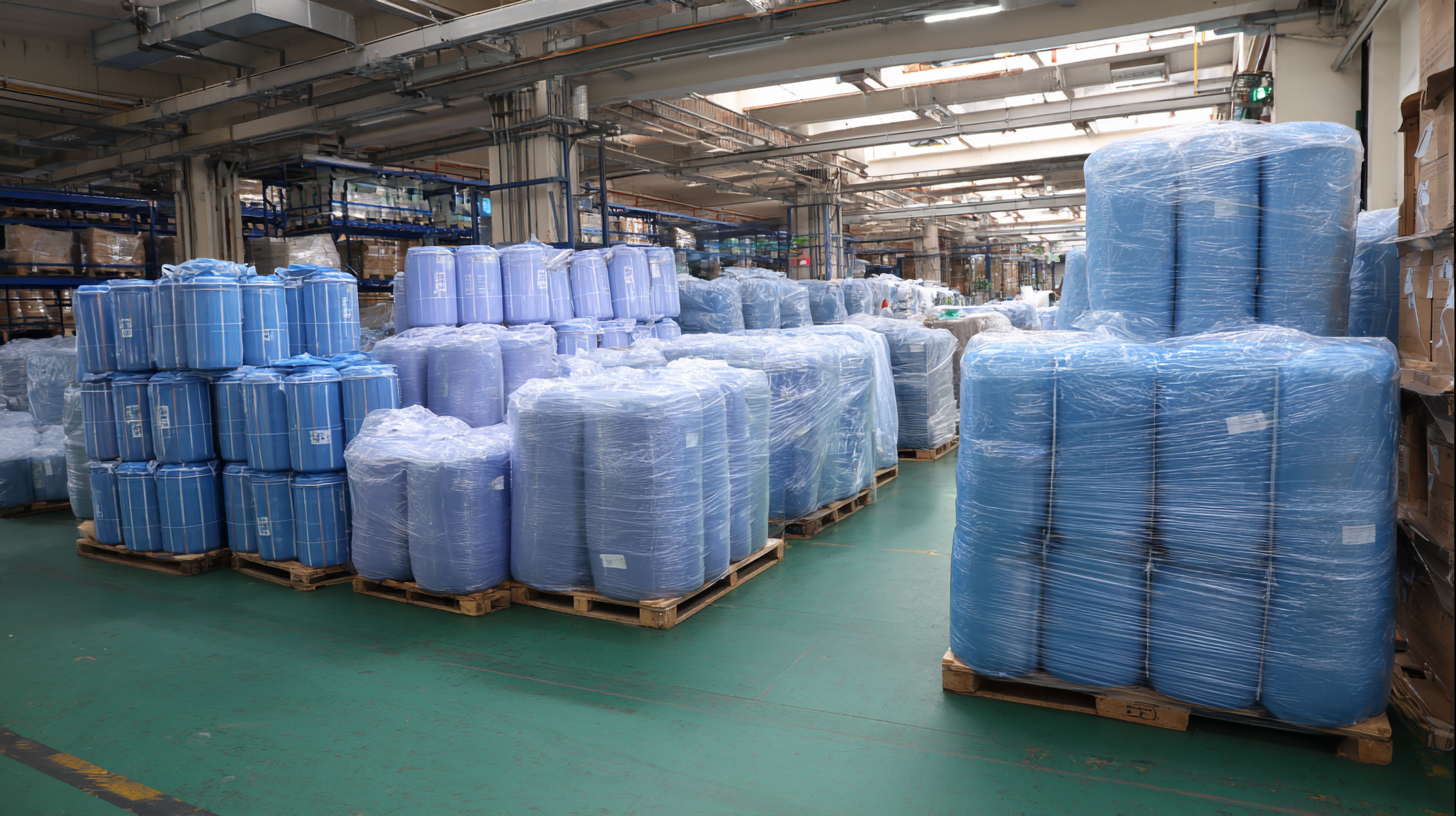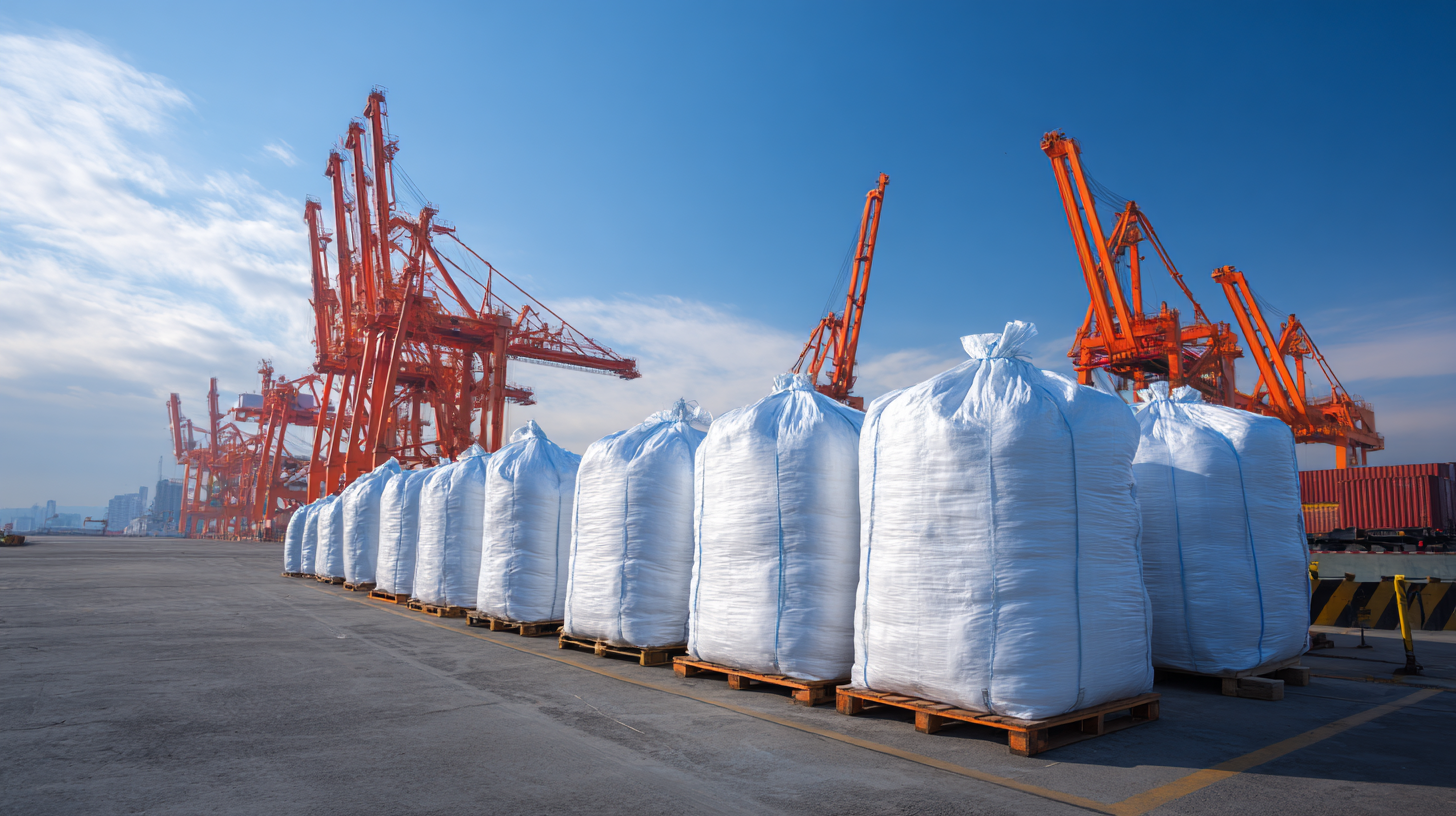In the rapidly evolving landscape of global trade, the demand for high-quality packaging solutions has surged, particularly for LDPE bags, which are favored for their versatility and durability. According to a recent report by MarketsandMarkets, the global market for polyolefin packaging is projected to reach USD 52.1 billion by 2025, with LDPE bags playing a significant role due to their lightweight properties and resistance to moisture. Chinese manufacturers are at the forefront of this industry, leveraging advanced technology and innovative manufacturing processes to deliver superior LDPE bags that meet international standards. As businesses seek to enhance their packaging solutions for shipping and retail, tapping into the expertise of world-class Chinese factories ensures not only quality but also efficiency in supply chain operations. This blog explores how empowering global trade with the best LDPE bags made in China can drive success across various markets.

The demand for LDPE bags is experiencing a significant surge as global trade continues to evolve. These bags, known for their durability and versatility, are becoming essential in various sectors, including packaging and waste management. According to recent industry analyses, the global garbage bag market is projected to grow to USD 14,602.3 million, driven by innovations such as compostable scented bags. Such advancements not only cater to consumer preferences but also align with sustainable practices, signaling a shift towards environmentally conscious products in the plastic industry.
Innovative features of LDPE bags, including their potential for recycling and biodegradability, are increasingly pertinent. With the growing emphasis on the circular economy, strategies such as Reduce, Reuse, and Recycle (3R) can significantly mitigate plastic pollution. Countries facing plastic waste challenges, like Bangladesh, are adopting multisectoral approaches to enhance plastic management. This proactive stance lays the groundwork for future innovations in plastic polymers, underscoring the need for sustainable alternatives that minimize the environmental footprint of packaging materials. The movement towards sustainable bioplastics and biodegradable options in food packaging further exemplifies the industry's shift, demonstrating that the future of global trade hinges on innovation and responsibility in plastic production.
| Feature | Description | Export Regions | Average Price (USD) |
|---|---|---|---|
| Biodegradable Options | Made from renewable materials that break down over time. | Europe, North America, Asia | 0.15 |
| Customizable Sizes | Available in various dimensions to meet diverse packaging needs. | Africa, South America, Oceania | 0.10 |
| High Strength | Durable design ensures items are securely packaged. | Asia, Europe | 0.12 |
| UV Resistance | Protects contents from UV rays, prolonging shelf life. | North America, Europe | 0.14 |
| Recyclable Material | Made from recyclable LDPE, contributing to sustainability. | Global | 0.11 |
In the comparative analysis of manufacturing processes between China and other countries, the realm of low-density polyethylene (LDPE) bags stands out for its significant impact on global trade. China's vast manufacturing capabilities have fostered a resilient supply chain, bolstered by a production growth rate averaging 8.3% over the past decade, despite challenges such as rising tariffs. The manufacturing process in China not only benefits from advanced technologies but also enjoys economies of scale, which enable it to produce high-quality products at competitive prices.
**Tips**: When considering sourcing LDPE bags, assess the manufacturing efficiency and environmental practices of suppliers. Chinese manufacturers, for instance, have been making strides in reducing greenhouse gas emissions, maintaining a 3.4% growth rate in emissions alongside robust economic expansion, demonstrating a commitment to sustainable practices.
Furthermore, the potential impact of geopolitical tensions should not be overlooked. As trade disputes escalate, manufacturers in China may leverage their strong market position and technological advancements to maintain a competitive edge. Thus, companies looking to invest in LDPE bags should analyze not only production costs but also the implications of trade policies on supply lines and product availability.
Sustainability in LDPE bag production has become increasingly vital, and China is emerging as a leader in this sector. As the demand for environmentally friendly packaging rises, Chinese manufacturers are adapting their processes to prioritize eco-friendliness without sacrificing quality. Low-Density Polyethylene (LDPE) bags, known for their versatility and recyclability, are being produced with innovative techniques that minimize waste and energy consumption. These advancements not only contribute to reduced carbon footprints but also align with global sustainability goals.
Furthermore, China's extensive investment in technology and research has propelled the development of biodegradable LDPE options. By incorporating renewable resources and sustainable practices into the production process, Chinese companies are setting new standards that resonate with environmentally conscious consumers worldwide. This commitment to environmentally responsible production not only enhances China’s reputation as a global trade powerhouse but also supports a shift towards more sustainable practices across the industry. As such, businesses seeking to make an impact in global trade can find exceptional LDPE solutions that reflect a genuine commitment to sustainability.
When it comes to choosing the right packaging solution for global trade,
LDPE (Low-Density Polyethylene) bags
have emerged as a popular choice due to their cost-effectiveness and versatility.
Chinese manufacturers have set a benchmark in producing high-quality LDPE bags that cater to various industries.
The competitive pricing of these bags does not come at the expense of quality;
rather, it reflects China's advanced manufacturing capabilities,
which allow for large-scale production without compromising on the integrity of the materials used.
 The strength and durability of LDPE bags make them suitable for both retail and industrial use.
They are resistant to moisture and tearing, ensuring that products remain
safe and secure during transit.
Moreover, the eco-friendly advances in China’s manufacturing processes mean that businesses can choose
LDPE bags that are not only economical but also environmentally conscious,
aligning with global sustainability goals.
By opting for Chinese LDPE bags, companies can optimize their supply chains
while supporting a reliable manufacturing powerhouse in the heart of Asia.
The strength and durability of LDPE bags make them suitable for both retail and industrial use.
They are resistant to moisture and tearing, ensuring that products remain
safe and secure during transit.
Moreover, the eco-friendly advances in China’s manufacturing processes mean that businesses can choose
LDPE bags that are not only economical but also environmentally conscious,
aligning with global sustainability goals.
By opting for Chinese LDPE bags, companies can optimize their supply chains
while supporting a reliable manufacturing powerhouse in the heart of Asia.
The global demand for low-density polyethylene (LDPE) bags has witnessed a remarkable surge in recent years, driven primarily by the packaging industry's rapid expansion and rising environmental awareness. According to a report by Grand View Research, the global LDPE packaging market is expected to reach $42.7 billion by 2025, exhibiting a CAGR of 4.5%. This shift is attributed to LDPE bags' versatility, cost-effectiveness, and recyclability, making them increasingly appealing for businesses looking to balance functionality with sustainability.

Moreover, the Asian market, particularly China, is emerging as a pivotal player in the LDPE bag manufacturing sector. Recent findings from Mordor Intelligence indicate that China alone accounts for approximately 30% of the world’s LDPE production capacity, underscoring its critical role in satisfying global demand. The increasing adoption of eco-friendly practices among businesses further enhances the appeal of LDPE bags, with many companies committing to sustainable packaging solutions. As consumers increasingly prioritize environmentally responsible choices, the demand for high-quality LDPE bags manufactured in China is set to expand, empowering global trade and creating new opportunities for manufacturers and exporters alike.
